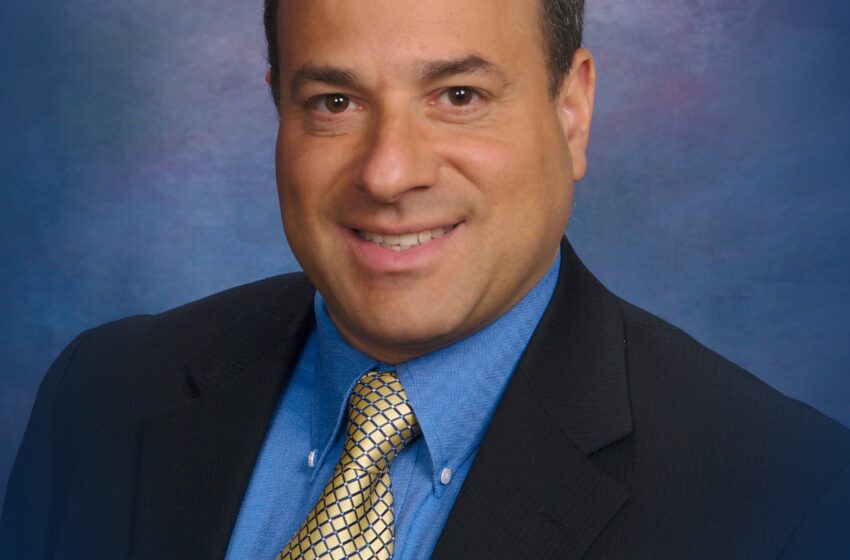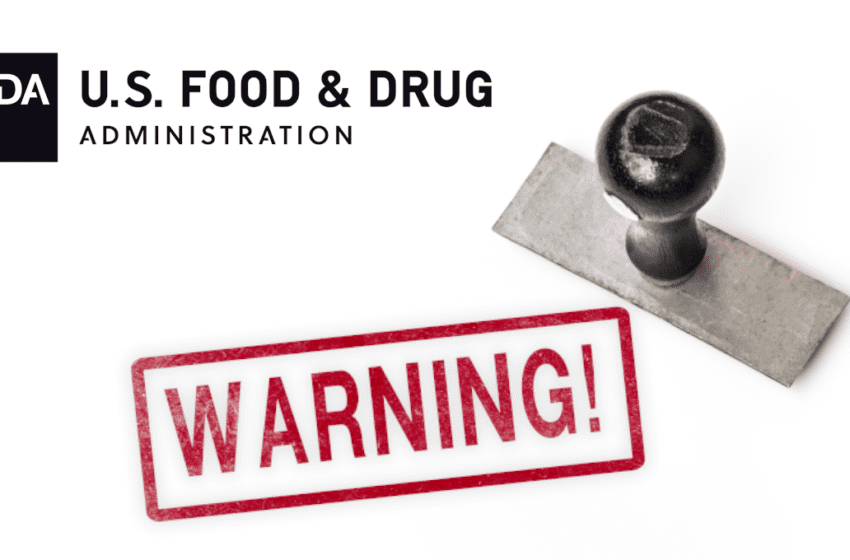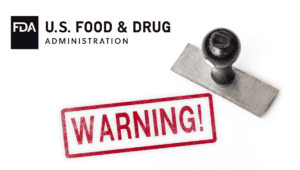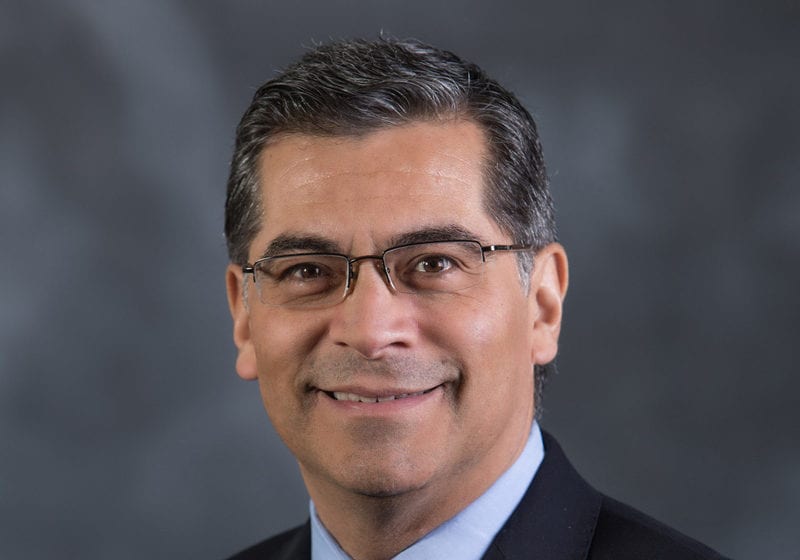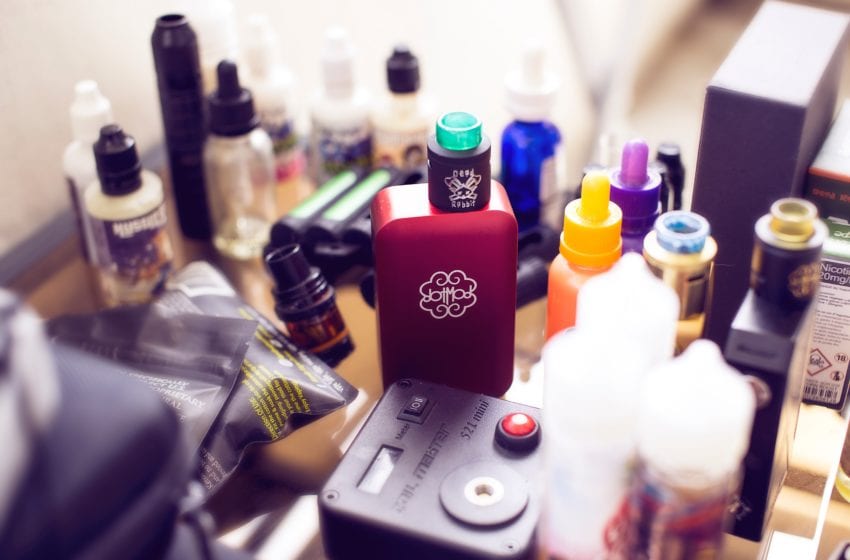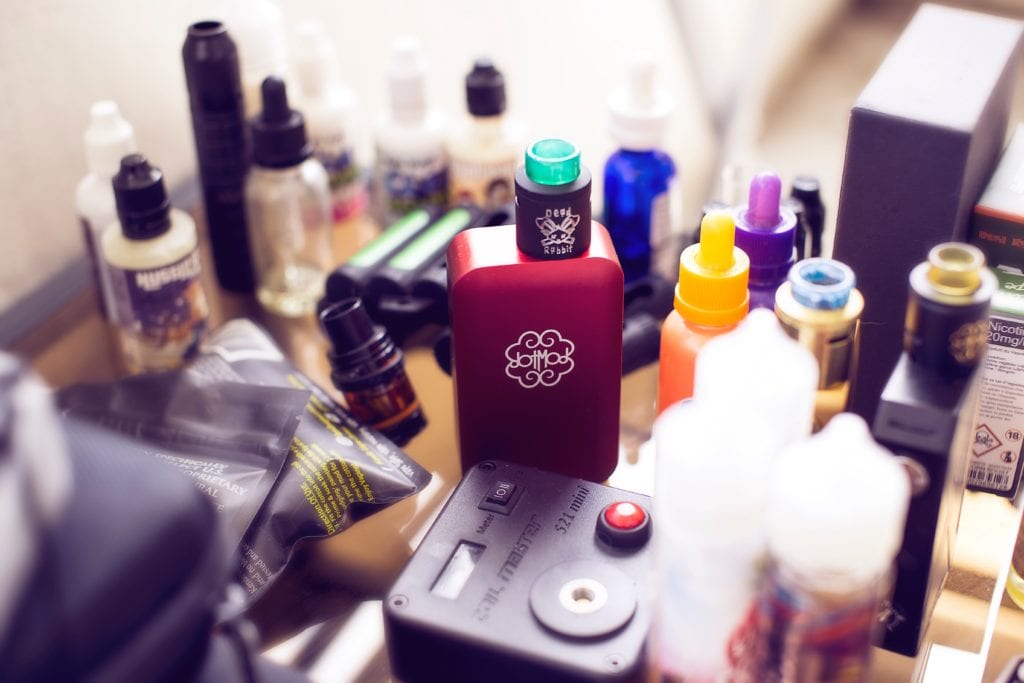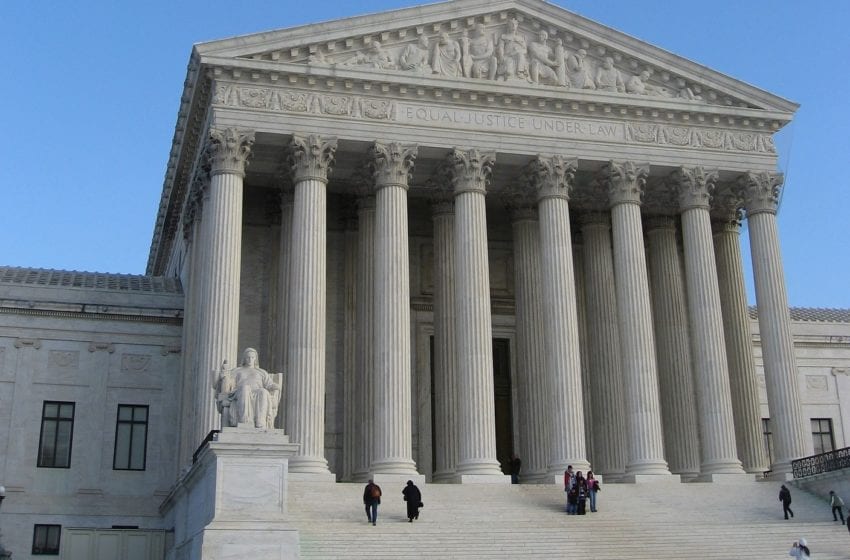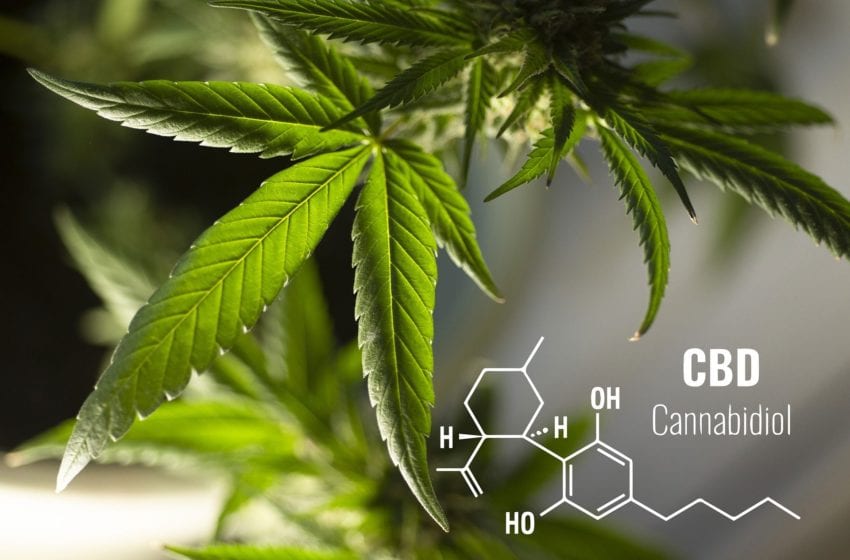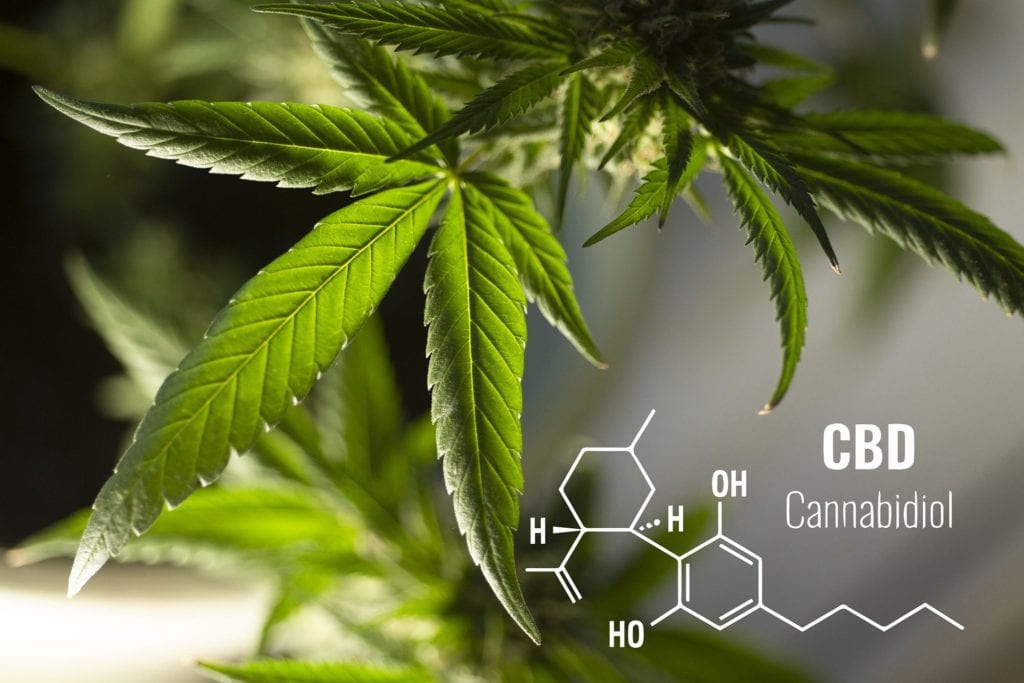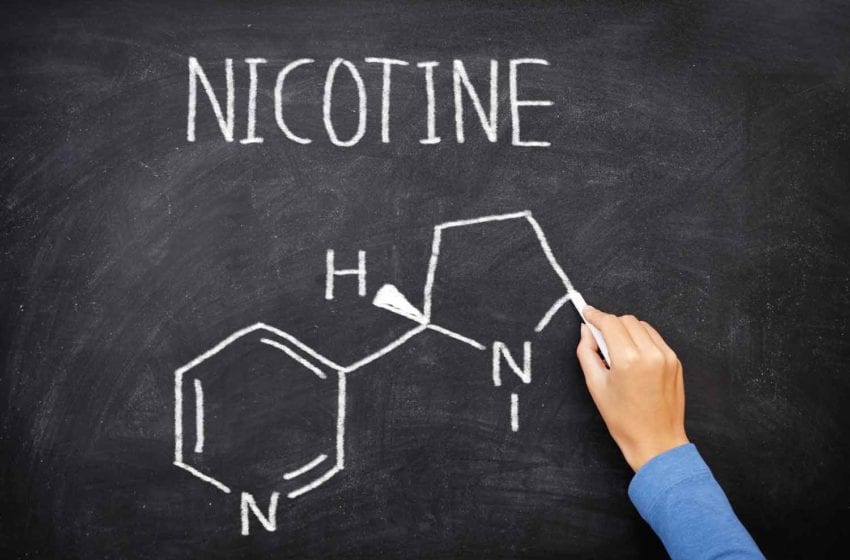
By Lindsey Stroud
In 2018, the U.S. Food and Drug Administration (FDA) and then-Surgeon General Jerome Adams declared a so-called youth vaping epidemic. Lawmakers across the country, from city council members, to state leaders, to Congress, have been attempting to reduce youth use of e-cigarettes and vaping products ever since, Lindsey Stroud wrote for Inside Sources. Addressing youth use of any age-restricted product is laudable, but it should not come at the expense of adult users of such products. And all policies introduced by well-intended lawmakers threaten adult access either through bans, arduous regulations, or unfair taxation.
A quick glance at existing data on youth e-cigarette use finds many of these “solutions” fail to address the real reason why youth use e-cigarettes. Officials completely disregard that youth smoking rates are at all-time lows. Such legislation threatens adult access to tobacco harm reduction products and is unlikely to reduce youth e-cigarette use.
Take, for example, the impending ban on mailing vapor products. Crammed into the 5000+ pages of the December 2020 COVID-19 relief bill was an amendment to include electronic cigarettes in the Prevent All Cigarette Trafficking (PACT) Act. Not only will the new regulation ban the shipment of e-cigarettes in USPS mail it will also require retailers to register with the Bureau of Alcohol, Tobacco, Firearms and Explosives, as well require sellers, to submit monthly reports to the state agency that handles tobacco taxes in all states where their products are sold.

The amendment was introduced by Sen. Dianne Feinstein (D-CA), who erroneously claimed “[b]uying e-cigarettes online is one of the easiest ways for children and teens to get their hands on these harmful products.”
Several state-based youth surveys have shown youths are not relying on the internet to obtain e-cigarettes. For example, in 2019, in Vermont, among current e-cigarette users, only three percent of high school students under 18 years of age reported buying vapor products online. Conversely, 52 percent of minors reported borrowing e-cigarettes. In aggregate data of all students from five different state high school surveys including Arkansas, Maryland, Montana, New Hampshire, and Rhode Island, only 0.9 percent of high school students reported purchasing vapor products from online retailers. With very few youths using the internet and mail to obtain e-cigarettes, a ban on the shipment of such products is highly unlikely to reduce underage e-cigarette use.
The mail ban isn’t the only flawed “solution” proposed by lawmakers. Many localities and states have banned, or are attempting to ban, the sale of flavored vapor products. Yet again, the data overwhelmingly indicate youth use e-cigarettes because of “other” reasons and because friends and family members use them. For example, in the aforementioned Vermont survey, when asked about the “primary reason” for using e-cigarette products (among current users) only 10 percent reported “flavors,” compared to 51 percent who cited “other,” and 17 percent who cited friends and family. This data is similar to other states including Connecticut, Hawaii, Maryland, Montana, Rhode Island, and Virginia.
Again, banning flavors is unlikely to reduce youth use of e-cigarettes and it may also have adverse effects. In San Francisco, which banned the sale of flavored e-cigarettes in 2018, youth vaping still increased after the ban, but so did youth smoking rates. In fact, current combustible cigarette use among high school students increased from 4.7 percent of San Francisco high school students in 2017, to 6.5 percent in 2019.
In order to protect adult access, youth use of e-cigarettes and vapor products must be addressed, but bans are ineffective measures and ultimately punish adults. States do have one solution in place, borne by the pockets of the very smokers that are trying to quit by using flavor vapor products: the monies received from tobacco taxes and settlement payments.
Each year, states allocate a pitiful amount of existing tobacco dollars towards tobacco control measures, including cessation, education, and youth prevention. In 2019, states collected an estimated $16.7 billion in cigarette taxes and $6.2 billion in tobacco settlement payments, yet spent only $655 million in state funding on tobacco control programs. This is a paltry 3 percent.
Given the lack of funding dedicated towards programs to help smokers quit, policymakers should embrace e-cigarettes as they have been more effective at reducing smoking than the insufficiently-funded tobacco control programs.
As a tool that has helped millions of American adults quit smoking, lawmakers must avoid policies that preventing adult access to e-cigarettes and vapor products. They must also rely on existing data on why youth are using e-cigarettes when putting forth policies to limit youth e-cigarette use. To fail to do so harms millions of American adult smokers – and former smokers – and fails to reduce youth use.
Lindsey Stroud is the creator and manager of Tobacco Harm Reduction 101 (www.thr101.org), a website that provides analysis and insight on tobacco and vapor products.


